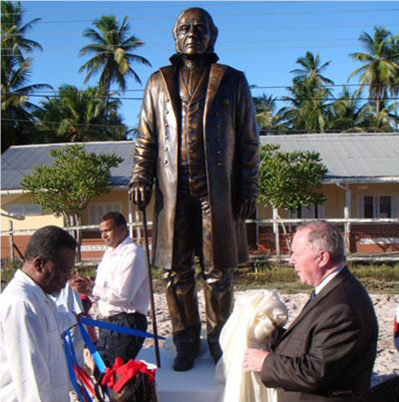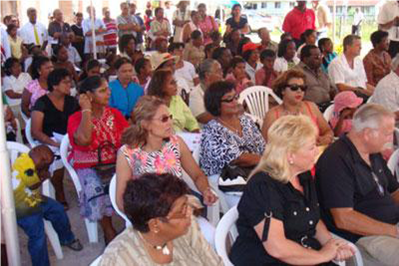Sir James Douglas - First Governor, British Columbia, Canada

Early life and fur trader
James Douglas was born in Demerara (now part of Guyana) to John Douglas, a Scottish planter, and Martha Ann Tefler, a Creole originally from Barbados. Telfer was free coloured, which in her time and place meant a free person of mixed European and African ancestry. Thus, James Douglas - as all her children with John Douglas - was part black. The couple had a number of children together, but were not formally married.[1] In 1812 James was sent to Lanark, Scotland to be schooled. It is also believed that he went to school in Chester, England, where he learned to speak and write in fluent French.
At the age of sixteen Douglas left Britain to enter the fur trade in the employ of the North West Company. He left Liverpool for Lachine, Lower Canada (now part of Montreal) in the spring of 1819. From 1819 until 1820 Douglas was stationed at the Fort William, Ontario (now part of Thunder Bay) as a clerk.
In 1820 he was transferred to Île-à-la-Crosse on the Churchill River in northern Saskatchewan. The Hudson's Bay Company (HBC) was also active in this area and Douglas was caught up in at least one confrontation with the rival fur traders. At this post Douglas continued a policy of self-education by reading books brought over from Britain and meeting with many First Nations people.


